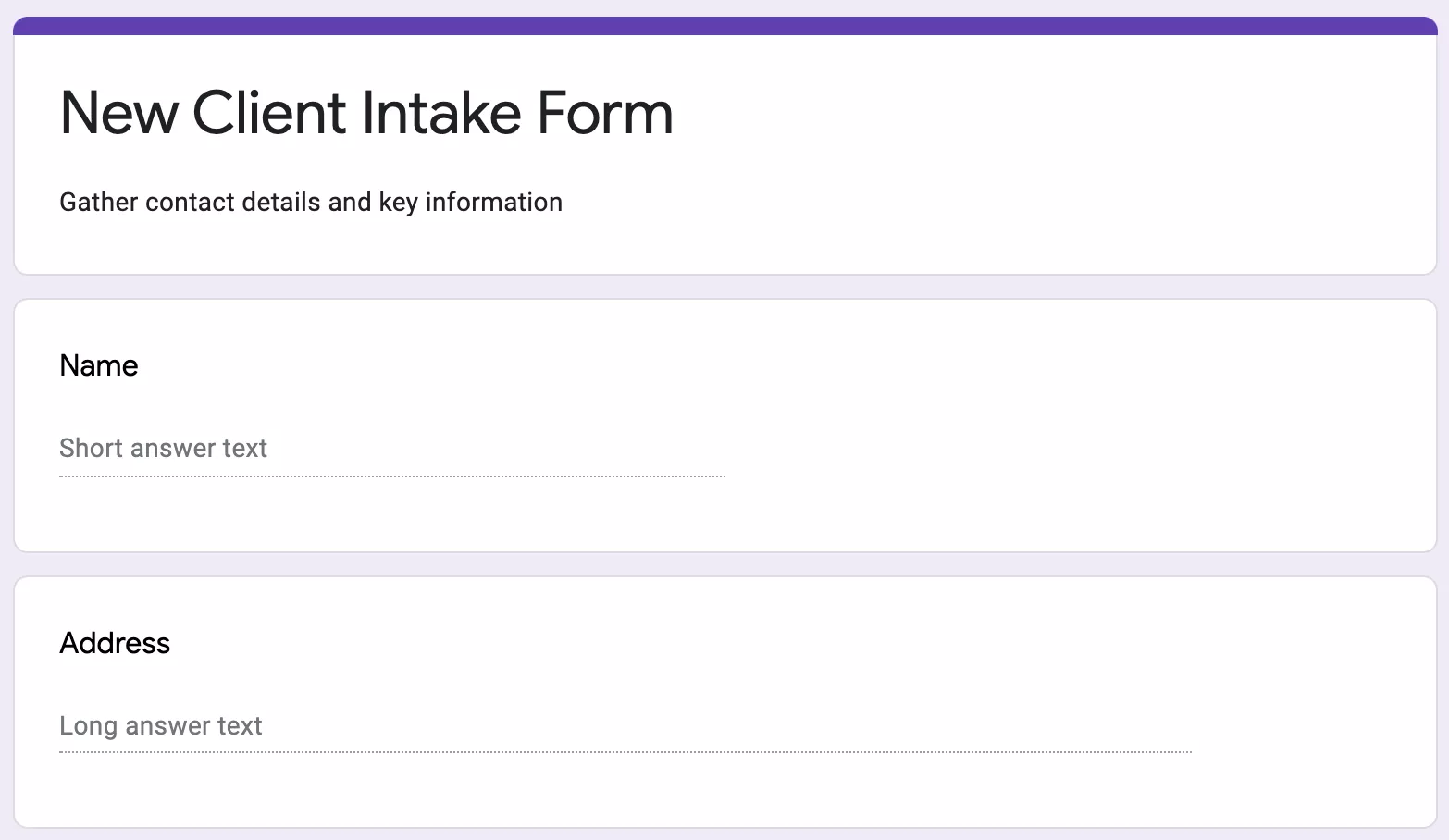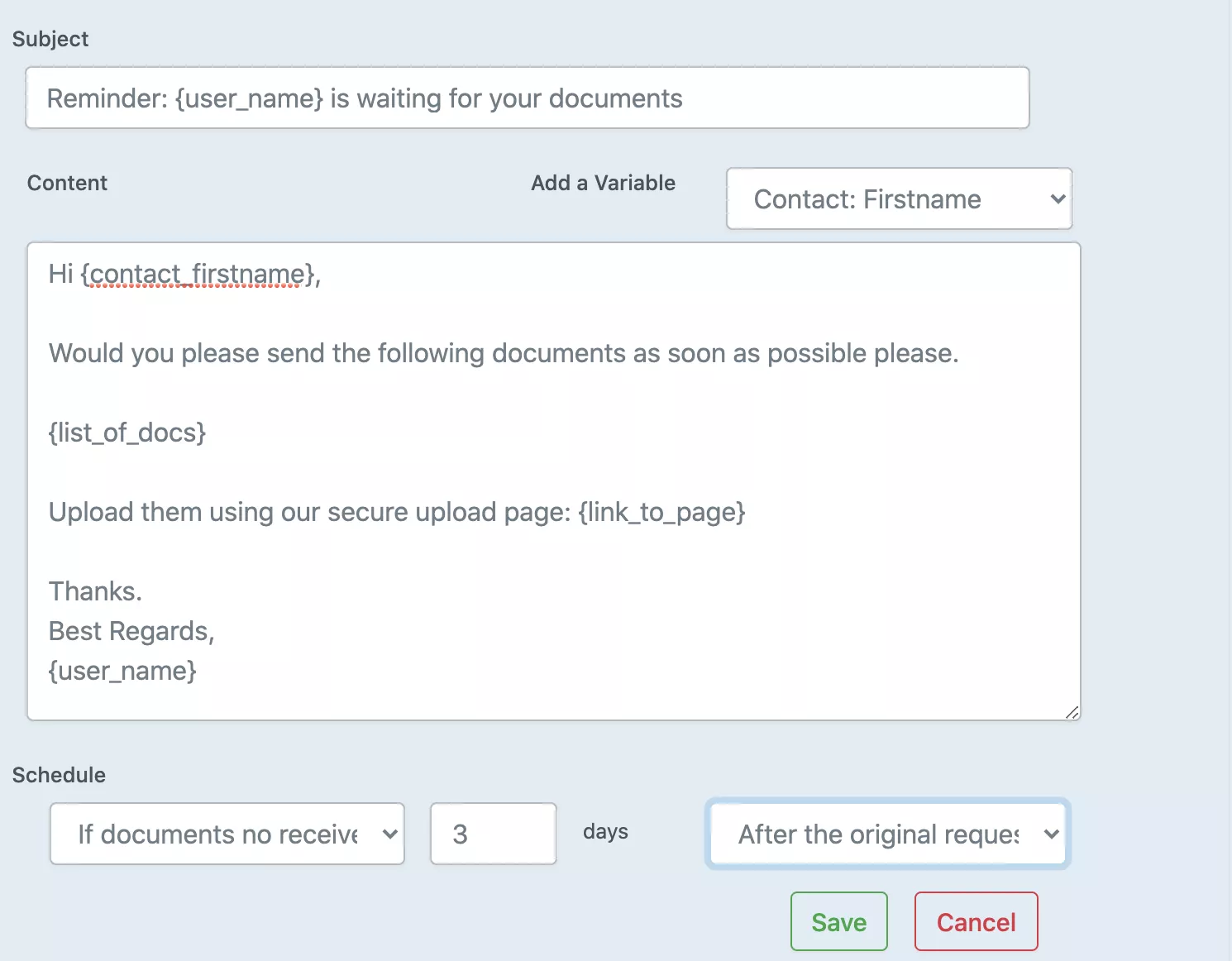A successful interior design project hinges on effective communication between the new client and the designer. A well-crafted interior design questionnaire serves as the foundation for this relationship.
The questionnaire helps designers understand the client’s preferences, lifestyle, and vision for their space.
An efficient client questionnaire can streamline the design process by providing clear insights and avoiding miscommunications.
By starting with a thorough understanding of the client’s desires, designers can deliver exceptional results that resonate with the client’s personality and lifestyle.
How can a client questionnaire help guarantee the success of your interior design project?
A well-crafted client questionnaire lays the foundation for a successful project by streamlining communication and setting clear expectations. It identifies the client’s needs and preferences, which helps avoid misunderstandings and misalignments.
The Client Questionnaire is an Important Part of Your Client Onboarding Process
Integrating a client questionnaire into the on-boarding process ensures a detailed understanding of the client’s vision. It collects essential information about their style preferences, functional needs, budget constraints, and timeline.
A questionnaire serves as a structured method for gathering personalized data, which can then be used to tailor the discovery call or meeting. This proactive approach helps in aligning the designer’s ideas with the potential client’s expectations right from the start.
Moreover, having written documentation creates a reference point for both parties. It reduces the risk of miscommunication and ensures that every design decision is guided by the client’s initial input. This step builds trust and sets a professional tone for the entire project.
Save Time Before the Meeting
A well-organized questionnaire is an essential tool that saves valuable time for both the designer and the client before the first meeting. It allows the designer to arrive prepared, already knowing key details such as preferred color schemes, desired mood, and specific furniture requirements.
By filling out the questionnaire in advance, the client has time to think through their needs and wants. This preparation makes the initial consultation more efficient and effective.
The questionnaire can highlight any potential challenges or opportunities, enabling a more focused and productive discussion. This efficiency benefits the designer and assures the client that their time and investment are being respected.
What questions should you ask clients in an interior design questionnaire template?
You must collect detailed information to understand your client’s needs and expectations to deliver a design that suits their vision. The key is to ask targeted but open-ended questions to extract valuable insights.
Below, we include some must have questions for your new client questionnaire
Understanding the Basics
It is crucial to start with foundational questions. Ask clients about the size and type of space being decorated. Include inquiries about the current state of the space and its current furniture and decor.
Examples:
- “What is the square footage of the space?”
- “Is this a residential or commercial property?”
- “What do you like or dislike about the current decor?”
- “What is the current layout, and are you looking to change it?”
- “How old is the existing structure and its design?”
- “Are there any architectural elements you wish to highlight or modify?”
Individual Style
To gauge personal style, ask about preferences in colors, textures, and styles. Determine if they prefer modern, traditional, or eclectic designs. This helps align the interior designer’s approach with the client’s vision.
Examples:
- “Which colors do you gravitate towards?”
- “How would you describe your personal style?”
- “Do you have any inspirational images or favorite designers?”
- “Are there any specific materials or finishes you prefer?”
- “What kind of art pieces or accessories do you typically enjoy?”
- “Do you prefer bold patterns or subtle designs?”
Functional Needs
Understand how the space will be used and by whom. Determine daily activities, number of users, and specific needs or challenges. Tailor design elements to fit specific functions.
Examples:
- “How do you plan to use this space daily?”
- “How many people will regularly use this area?”
- “Are there any special requirements, such as accessibility or storage needs?”
- “Do you have pets, and will they need dedicated space or consideration?”
- “Are there any hobbies or activities that require specific accommodations?”
- “Do you need flexible spaces that can serve multiple purposes?”
Questions that determine the intended use of the space
Identify primary and secondary uses for each room or area. Ask about holidays, entertaining guests, or home office needs. Consider both the present and future use to ensure functional longevity.
Examples:
- “Will this space be used for entertaining guests?”
- “Do you plan to use this area as a home office?”
- “How do you envision using this space over the next five years?”
- “Will this space need to accommodate children or elderly family members?”
- “Do you foresee any significant lifestyle changes that might affect how you use the space?”
- “Will you need areas for privacy or quiet activities?”
- “Who are the users of this space?”
Questions that assess your clients’ design style
Comprehend specific taste in design elements. Inquire about preferences for open concept plans, types of furniture, and decorative elements. This ensures alignment with the client’s vision.
Examples:
- “Do you prefer an open concept or segmented spaces?”
- “What type of furniture do you envision in this space?”
- “Are there any decorative elements you definitely want to include?”
- “Do you have a preference for natural or artificial lighting?”
- “Are there any specific decor items you wish to include?”
- “Are there any specific themes or motifs you would like to incorporate?”
- “How do you feel about incorporating technology into the design?”
Questions that reveal expected working relationship and client fit
Clarify communication and decision-making preferences. Ask about decision speed, communication mediums, and prior experiences with designers to understand the client’s working style.
Examples:
- “How quickly do you make decisions?”
- “What is your preferred method of communication (email, phone, in-person)?”
- “Have you worked with an interior designer before?”
- “How involved do you wish to be in the design process?”
- “Are you experience with design services?”
- “Do you prefer regular updates or only major milestones?”
- “What are your expectations regarding project timelines and deadlines?”
Budget Considerations
Understanding budget and timeline constraints is crucial for realistic design planning. Inquire about the total budget available, priorities within the budget, and any flexibility. This ensures designs align with financial realities.
Examples:
- “What is your total budget for this project?”
- “Are there specific items or areas where you are willing to splurge?”
- “Is there any flexibility in your budget?”
- “Do you have a contingency fund for unexpected expenses?”
- “Are there any cost-saving measures you are interested in exploring?”
- “What is your priority when it comes to balancing quality and cost?”
What are some tools for creating a client questionnaire
Designers have various tools available to create an effective client questionnaire. These tools help in gathering and organizing crucial information from clients, streamlining the design process.
Create online forms like Google Forms, Gravity Forms
Google Forms is highly popular for its ease of use and integration with other Google Workspace tools. It allows designers to create customized forms, offering various question types such as multiple choice, checkboxes, and short answers. Forms can be shared via a simple link, making it accessible for clients.

Gravity Forms, on the other hand, is a powerful WordPress plugin designed for more complex forms. It supports conditional logic, allowing questions to appear based on previous answers. This tool is highly customizable and integrates with numerous third-party services, making it suitable for designers seeking a more dynamic form setup.
Use a purpose-built tool like File Request Pro
File Request Pro is made specifically for gathering detailed information and files from clients. It ensures a secure and organized way to collect data without the need for clients to sign up for an account. This is particularly useful in obtaining high-resolution images, floor plans, and other large files necessary.

The tool allows for customized forms that can include various question types. It also provides a professional interface, reinforcing the designer’s brand. Integrations with cloud storage services such as Google Drive and Dropbox further enhance its utility, ensuring smooth and efficient data collection.
Automatizing Onboarding with File Request Pro
File Request Pro stands out as a robust onboarding automation software, streamlining document collection and management. Tailored for efficiency, it provides a seamless onboarding experience.
File Request Pro allows many features to help ensure information is collected promptly. It can be altered depending on the service or vendor you are using and then made easily accessible later on.
File Request Pro helps you to create and automate a reminder email sequence. It also makes it easy for you to be precise about what files and information you need. It is easier to guide clients to upload the correct content with a smart user interface, rather than chasing them after they’ve already sent you files.

Make use of the technology available to you and explore how automated operations can benefit your business. There are numerous resources and suggestions on how to customize any form to suit your particular requirements. Also, make sure that the process is user-friendly for those who will be filling out the forms. If you’re looking to streamline your workflow, schedule a demo to see how our services can assist you.